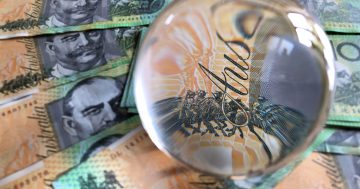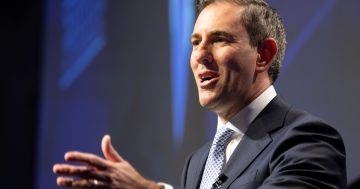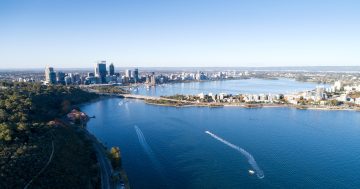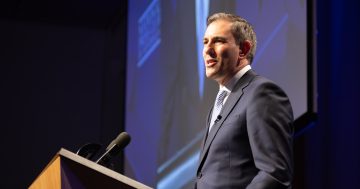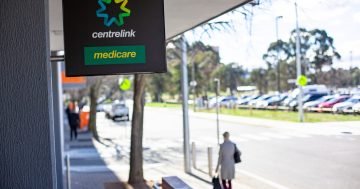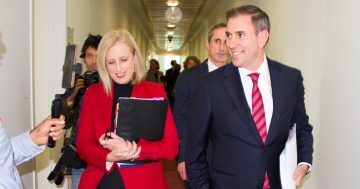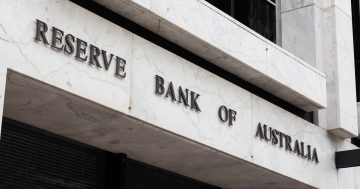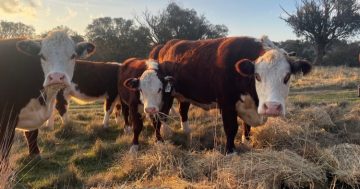Michael Janda* says according to the governor of the Reserve Bank of Australia (RBA), household spending holds the keys to Australia’s economic recovery.
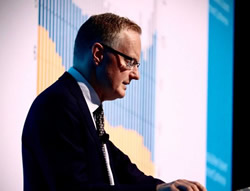 Australia has emerged from the first year of the COVID-19 crisis in much better shape than expected.
Australia has emerged from the first year of the COVID-19 crisis in much better shape than expected.
Not only has the nation (so far) escaped the large tolls of death and illness that plagued so many other countries, the economic damage from the lockdowns and other restrictions to contain the virus hasn’t been nearly as bad as feared.
Speaking at the National Press Club in Canberra, Reserve Bank governor Philip Lowe said the key economic indicator of unemployment was performing better than even the RBA’s most optimistic predictions.
“In our upside scenario, the unemployment rate was expected to end 2020 a little lower than 10 per cent, but still be around 7 per cent later this year,” he told journalists.
“Thankfully, the actual outcome for the unemployment rate has been much better than this, with the peak now looking to be behind us and the unemployment rate ending 2020 at 6.6 per cent.”
But, Dr Lowe added, that does not mean the economy is in a healthy state.
“The unemployment rate is higher today than it has been for almost two decades and many people can’t get the hours of work they want,” he observed.
“When the National Accounts are published for the December quarter, they are likely to show that the level of GDP is 4 per cent lower than where we thought it would be a year ago. This is a big gap.”
And one the Reserve Bank boss warned will take years to make up, if ever.
With borders closed, the population increase that has driven much of Australia’s headline economic growth is gone, and may never be fully caught up.
The economy may always remain smaller than it would have been had COVID-19 never happened.
And just how long it will take to narrow this ‘output gap’ also remains anybody’s guess.
The latest one from the RBA’s boffins is that the economy will get back to where it was at the end of 2019 by the middle of this year.
But it isn’t expecting the economy to make up that year-and-a-half of lost ground by the end of its forecast period, and unemployment will still remain at 5.25 per cent by mid-2023, above where it was in March 2020 — that’s one reason why the bank is planning to keep interest rates on hold at 0.1 per cent until at least 2024.
Will extra savings mean more spending?
These so-called central forecasts rely on some key assumptions about your behaviour.
The first is that you will spend all, or most, of the money that many of you saved in 2020 when you weren’t able to take an overseas trip, or go out as much as you normally would.
“Over the next six months, aggregate household income is expected to decline as the pandemic support payments unwind,” Dr Lowe explained.
“Normally, when income falls, so too does consumption. But we are not in normal times.
“The extra savings over the past six months and the bigger financial buffers can support future spending — people will have more freedom to spend as restrictions are eased and be more willing to spend as uncertainty recedes.
“So we are expecting the recovery in consumer spending to continue.”
Without hazarding a forecast on where house prices will go from here, the RBA governor also observed that the past year’s run up to record levels should further encourage homeowners to open their wallets.
“Sustainable increases in asset prices support household balance sheets and encourage spending through positive wealth effects,” he argued.
“Higher housing prices can also encourage additional residential construction.”
That’s assuming things don’t get out of hand.
“But as housing prices rise again, we will be monitoring lending standards closely,” Dr Lowe added.
“We would be concerned if there were to be a deterioration in these standards, but there are few signs of this at the moment.”
Business investment needed
So the economic recovery is at least largely hinged on households being willing to give up at least some of the financial buffer many built up in response to COVID-19, and on the housing market remaining buoyant, but not bubbly.
But, as Dr Lowe himself noted somewhat contradictorily, many of the stimulus packages, such as HomeBuilder, actually encouraged people to spend now rather than later.
“This support has been more substantial than was assumed in August and has made a real difference,” he observed.
“It has provided a welcome boost to incomes and jobs and helped frontload the recovery by creating incentives for people to bring forward spending.”
For Australia’s economy to truly power out of the pandemic in a sustainable way, it will require businesses, not just homeowners and speculators, to take advantage of record low interest rates.
“An increase in private business investment is not only needed to support the economic recovery but also to build the productive capital stock that is needed for our future,” Dr Lowe added.
And there’s been little sign of that happening since the waves of investment during the mining boom retreated.
*Michael Janda is the ABC’s senior digital business reporter.
This article first appeared at abc.net.au.


